Rare Rides: A 1990 Oldsmobile Trofeo - Last of Personal Luxury

Today’s Rare Ride is one of those last-of moments for a historical nameplate. For nearly 40 years, Toronado was the luxurious coupe flagship of the Oldsmobile brand. But changing consumer tastes and a thinning of the herd at General Motors meant that, by 1990, the Toronado name was not long for the world.
Let’s talk about some personal luxury as we pour one out for the Troféo.
Unlike other large, historical domestic coupe nameplates that started our with rear-drive and became front-drive later on, Toronado originated as a front-drive exercise. A brand new entrant for 1966, the majestic original generation had pop-up lamps and resided on the all-new Unitized Power Package (UPP). General Motors went all-in on its new front-drive experiment, and it paid off.
Toronado was a hit.
A second generation debuted for the 1971 model year and ran through 1978. At that point, downsizing and fuel economy were the vocabulary words of the day, so 1979’s model was over 15 inches shorter than its predecessor. We’ve covered the third generation’s sister car previously, in the Eldorado Touring Coupe.
While that very successful third generation ran through 1985, 1986 saw General Motors make an error in judgment. The new fourth-generation model saw a loss of V8 engines, less exclusive styling, and a further seventeen inches of length removed from Toronado. This intense downsizing proved a fool’s errand. In fall of 1985, when the new-generation Toronado debuted alongside its Buick and Cadillac siblings, fuel prices that were projected to be $3.00 fell below $1.00 per gallon. Customers flocked to larger V8 options for 1986.
The General was forced into a quick rethink. In an effort to add more Driving Excitement sales to Toronado, the Troféo trim arrived midway through the ’87 model year. Sporty styling came as standard on the new trim, as did the FE3 suspension and a myriad of power options. 1988 was also an important year, as the Buick 231 (3.8L) was replaced by the superb LN3 3800. Accompanying this change were mandatory alloy wheels, as brougham faux wire covers bit the dust.
For 1989 more serious measures were taken, as GM added a CRT touchscreen interface to the Troféo. One of the earliest examples of an infotainment screen, functionality included HVAC, the stereo, a compass with trip computer marketed as “navigation,” and it could be linked to an optional hands-free phone. For the first time, only Troféo badges appeared on its exterior; the Toronado name vanished from the upscale trim.
In 1990, Oldsmobile introduced a revamped version of the fourth Toronado. Overall length increased from 187.5 inches to a generous 200.3. All body panels were new, aside from the hood. This length transplant gave the last Toronado the proportions it deserved circa 1986. Newly standard was a driver’s airbag; everything else was powered and automatic and included as standard on Troféo.
Alas, the personal luxury coupe desires of North American consumers were fading away as minivans and especially SUVs became the new Nineties hotness. Thus, 1992 was the final year for Toronado. In one final hurrah, the FE3 package on Troféo became standard equipment, and die-hard Seventies fanatics could order wire wheel covers on the standard Toronado. The model wrapped up production in May 1992; and event that marked the end of the line for Oldsmobile personal luxury. Buick continued on in PLC tradition in 1995 with the new Riviera, which lasted all the way to 1999.
Today’s Troféo is in light grey over black, and located in Tennessee. The owner correctly skips use of the Toronado name, which will almost certainly make it harder for buyers to search. With a fully functioning CRT, slightly faded luxury is yours for $5,000.
[Images: seller]

Interested in lots of cars and their various historical contexts. Started writing articles for TTAC in late 2016, when my first posts were QOTDs. From there I started a few new series like Rare Rides, Buy/Drive/Burn, Abandoned History, and most recently Rare Rides Icons. Operating from a home base in Cincinnati, Ohio, a relative auto journalist dead zone. Many of my articles are prompted by something I'll see on social media that sparks my interest and causes me to research. Finding articles and information from the early days of the internet and beyond that covers the little details lost to time: trim packages, color and wheel choices, interior fabrics. Beyond those, I'm fascinated by automotive industry experiments, both failures and successes. Lately I've taken an interest in AI, and generating "what if" type images for car models long dead. Reincarnating a modern Toyota Paseo, Lincoln Mark IX, or Isuzu Trooper through a text prompt is fun. Fun to post them on Twitter too, and watch people overreact. To that end, the social media I use most is Twitter, @CoreyLewis86. I also contribute pieces for Forbes Wheels and Forbes Home.
More by Corey Lewis
Latest Car Reviews
Read moreLatest Product Reviews
Read moreRecent Comments
- Carson D Just don't be the whistleblower who reports on the falsification of safety data. That's a deadly profession.
- Carson D I'd have responded sooner, but my computer locked up and I had to reboot it.
- Todd In Canada Mazda has a 3 year bumper to bumper & 5 year unlimited mileage drivetrain warranty. Mazdas are a DIY dream of high school auto mechanics 101 easy to work on reliable simplicity. IMO the Mazda is way better looking.
- Tane94 Blue Mini, love Minis because it's total custom ordering and the S has the BMW turbo engine.
- AZFelix What could possibly go wrong with putting your life in the robotic hands of precision crafted and expertly programmed machinery?



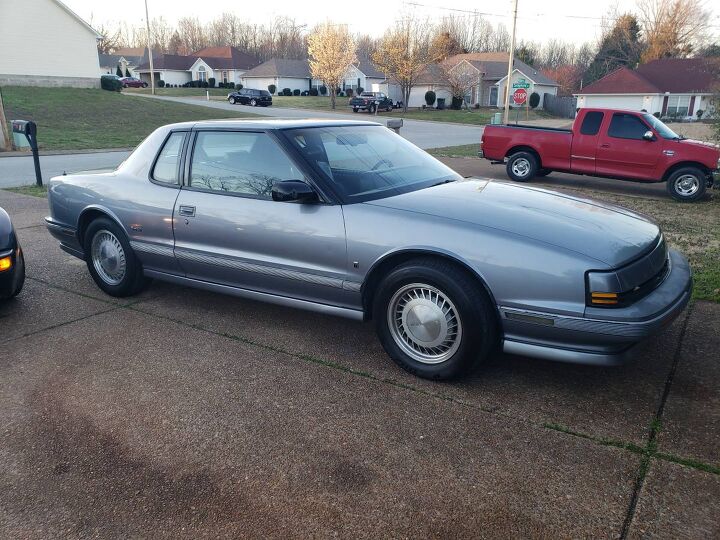




















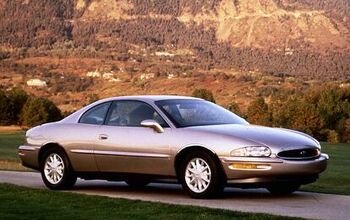


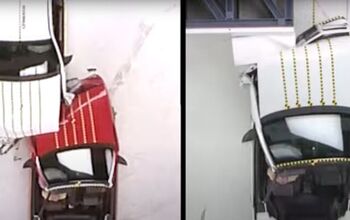
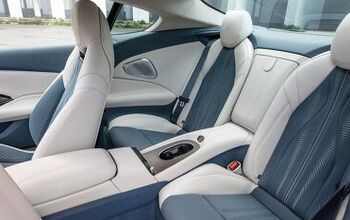
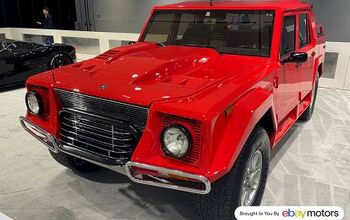

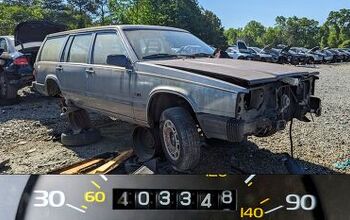
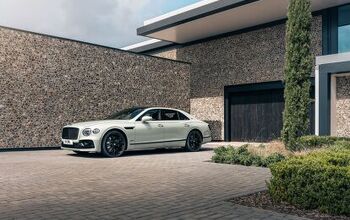
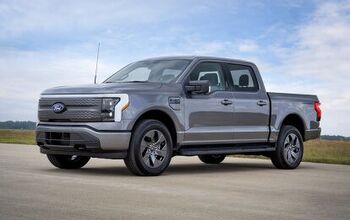
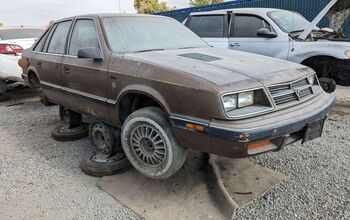
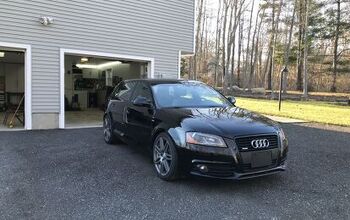
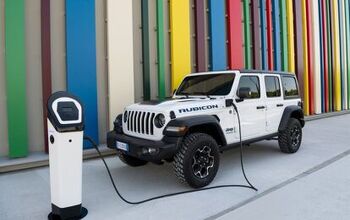

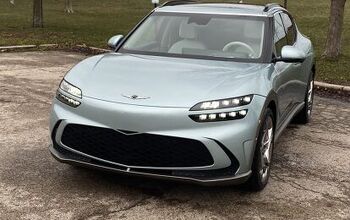
Comments
Join the conversation
"This intense downsizing proved a fool’s errand. In fall of 1985, when the new-generation Toronado debuted alongside its Buick and Cadillac siblings, fuel prices that were projected to be $3.00 fell below $1.00 per gallon. Customers flocked to larger V8 options for 1986." Side note, Detroit in 1980 was forecasting $3.00/gal unleaded for 1985 ($7.15 2019 USD). These forecasts directly resulted in the Chrysler K-car (and K-carinzation of everything Chryco), the Ford Taurus, and GM's decision to go FWD by MY85. This was also a contributing factor to Cadillac's fall from grace, although that's a complicated story.
I still own my 1990 Trofeo which currently shows 110,000 miles on the odometer. The CRT display is a lot more than an "infotainment screen" it also provides access to diagnostic functions via the CRT that allows access to all computer control systems settings including the ECM,BCM, IPC,HVAC, DERM-SIR) giving the vehicle built-in diagnostics with the ability to take "failsoft" actions to minimize unacceptable system operations while providing total system access, much like a scanner or an ODBII code reader. For 1990 build date the Trofeo was truly ahead of its time. As a touring car it lacks the horsepower and braking to be sporty, although it does look the part, and without a factory service manual and considerable mechanical skills this vehicle would have most likely driven its owners bankrupt or just plain angry. A fun comfortable ride when everything is working, not so much fun to work on as the elaborate electronics are less than fault free. The 3800 LN3 has never missed a beat which makes up for some of the less reliable electronics (Quirky IPC).